Getting Learnt with Spectrum

Frequently Asked Questions
We answer questions like: When do I rake? What buff/compound should I use? Do I need to sand?
Read More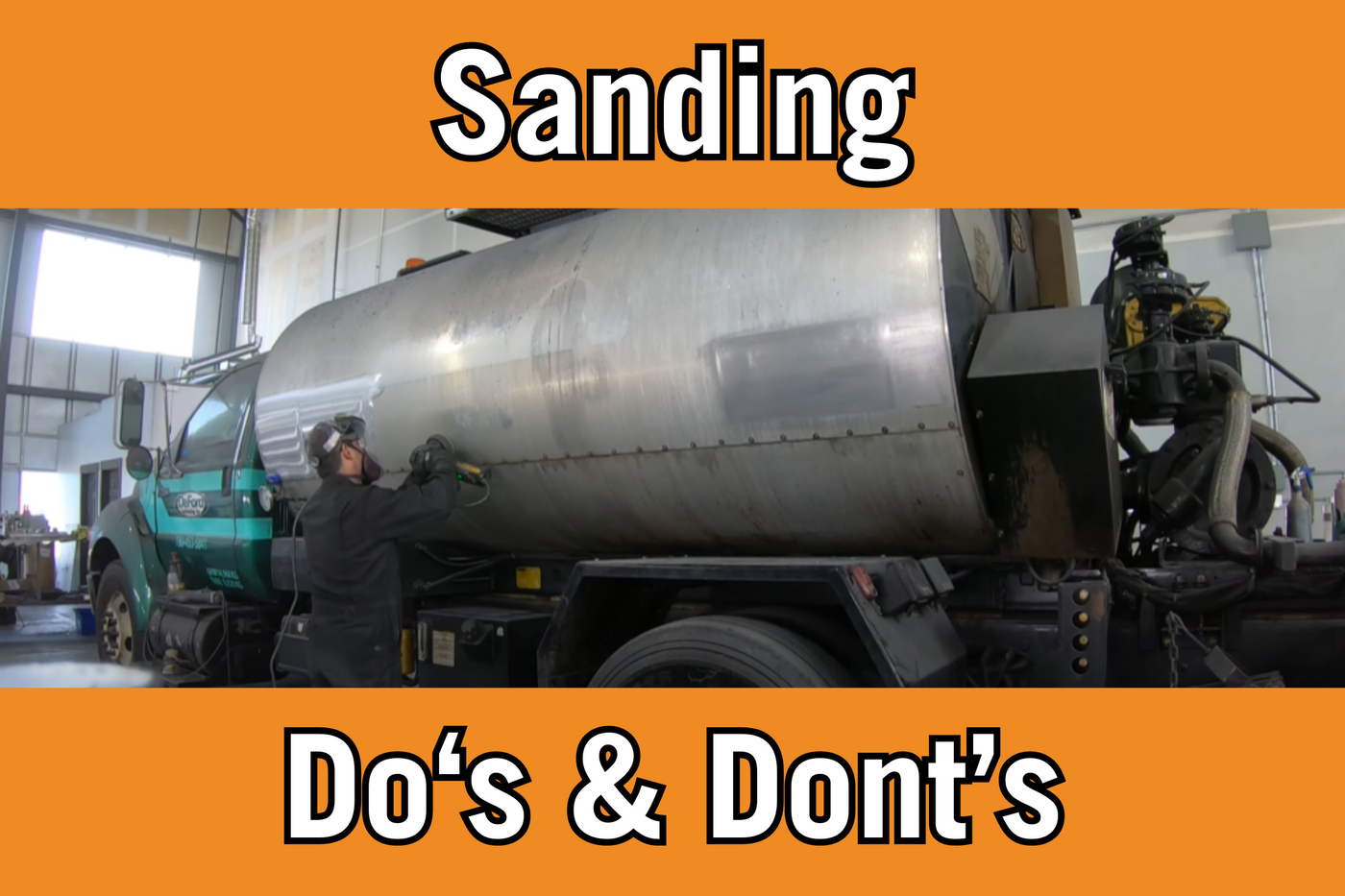
Sanding Tips & Tricks
Although the majority of the questions we get revolve around buffs, compounds, and related techniques, we find that most of our customers benefit from some adjustments to their sanding technique. If your...
Read More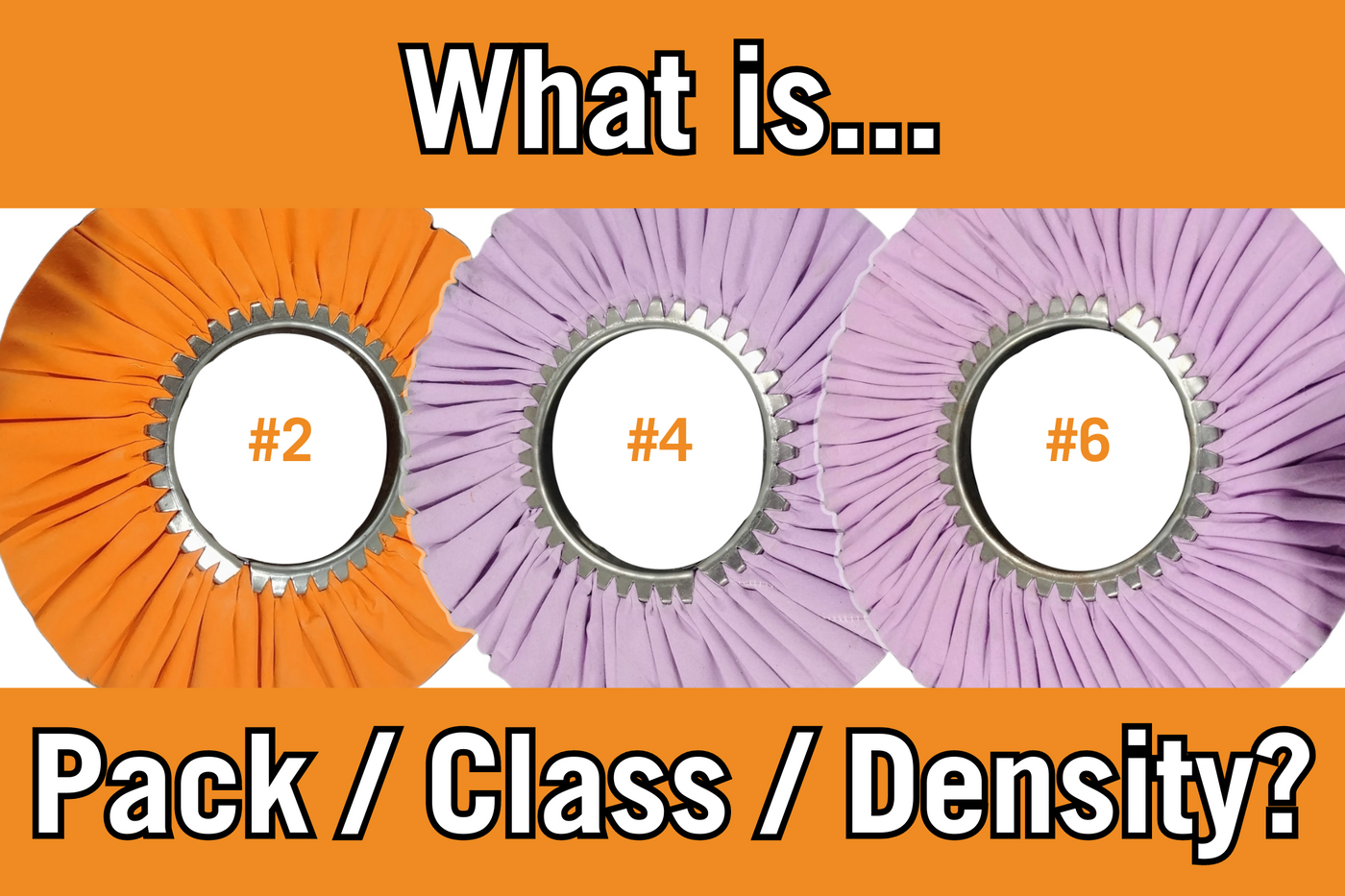
Why Buff "Pack" Matters
Aside from diameter and number of plys, airway buffing wheels are constructed with a third (important) specification: Pack (also known as Class, Density, #). What are the advantages of more pack? Effectively, more pack means more...
Read More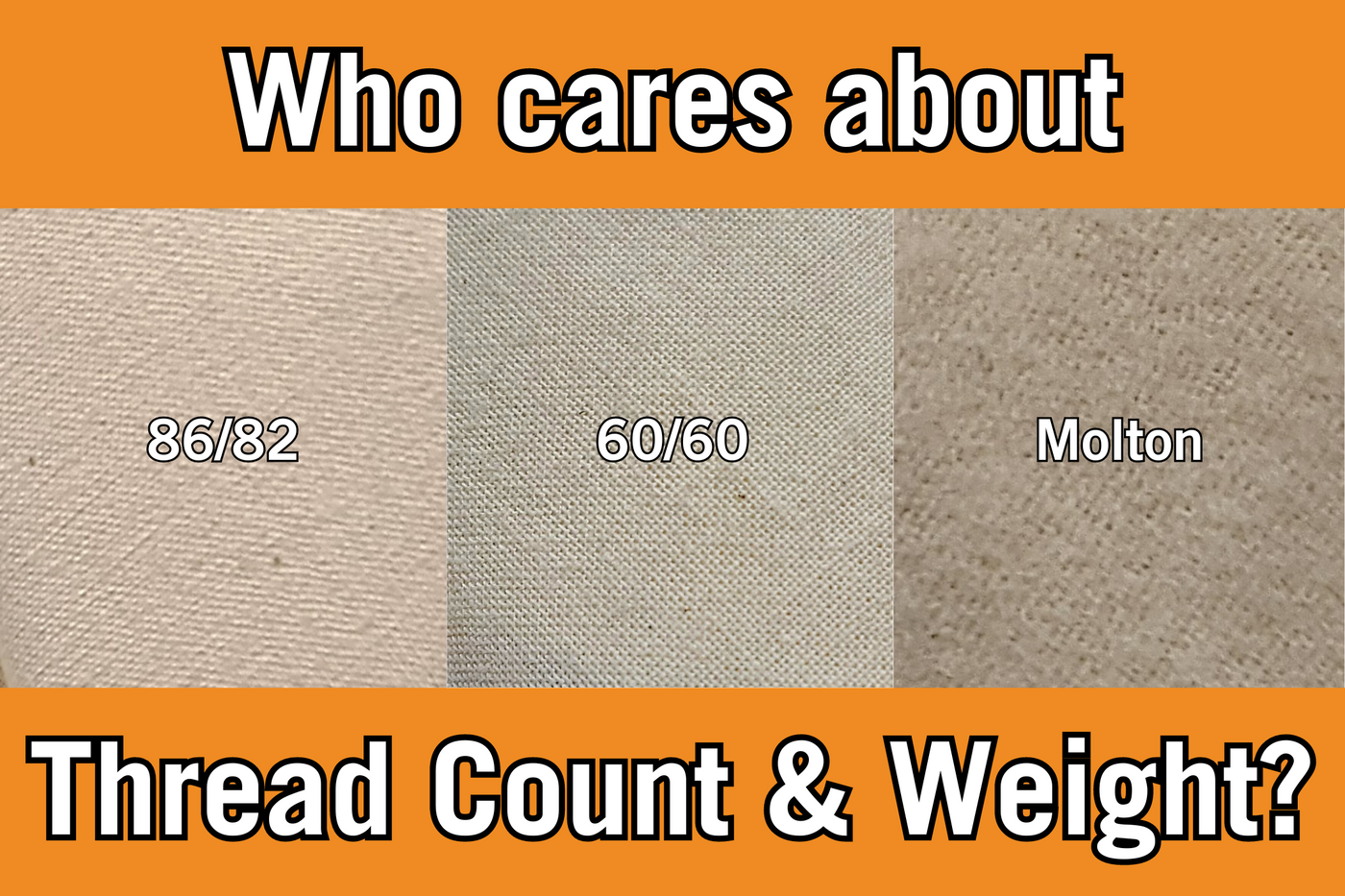
The Importance of Base Material
Overall, lower quality material will carry compound less effectively, wear faster, produce poorer quality finishes, and take longer to do so. As a result, cheaply priced buffing wheels frequently cost more...
Read More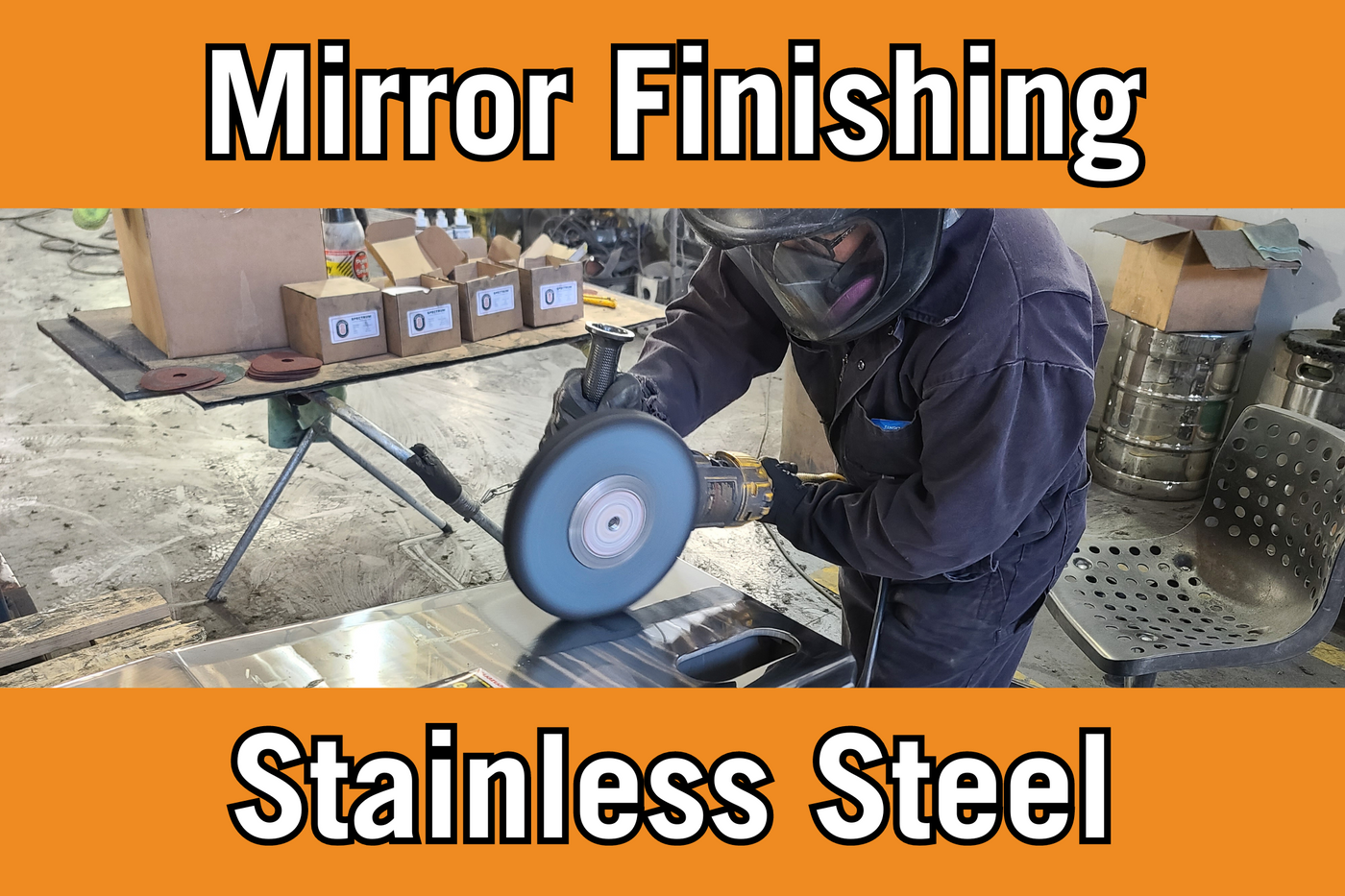
Mirror Finishing Stainless Steel
As many have found out - often the hard way - stainless steel feels like a completely different beast than aluminum. Primarily, it is significantly harder and it dissipates heat less effectively than aluminum,...
Read More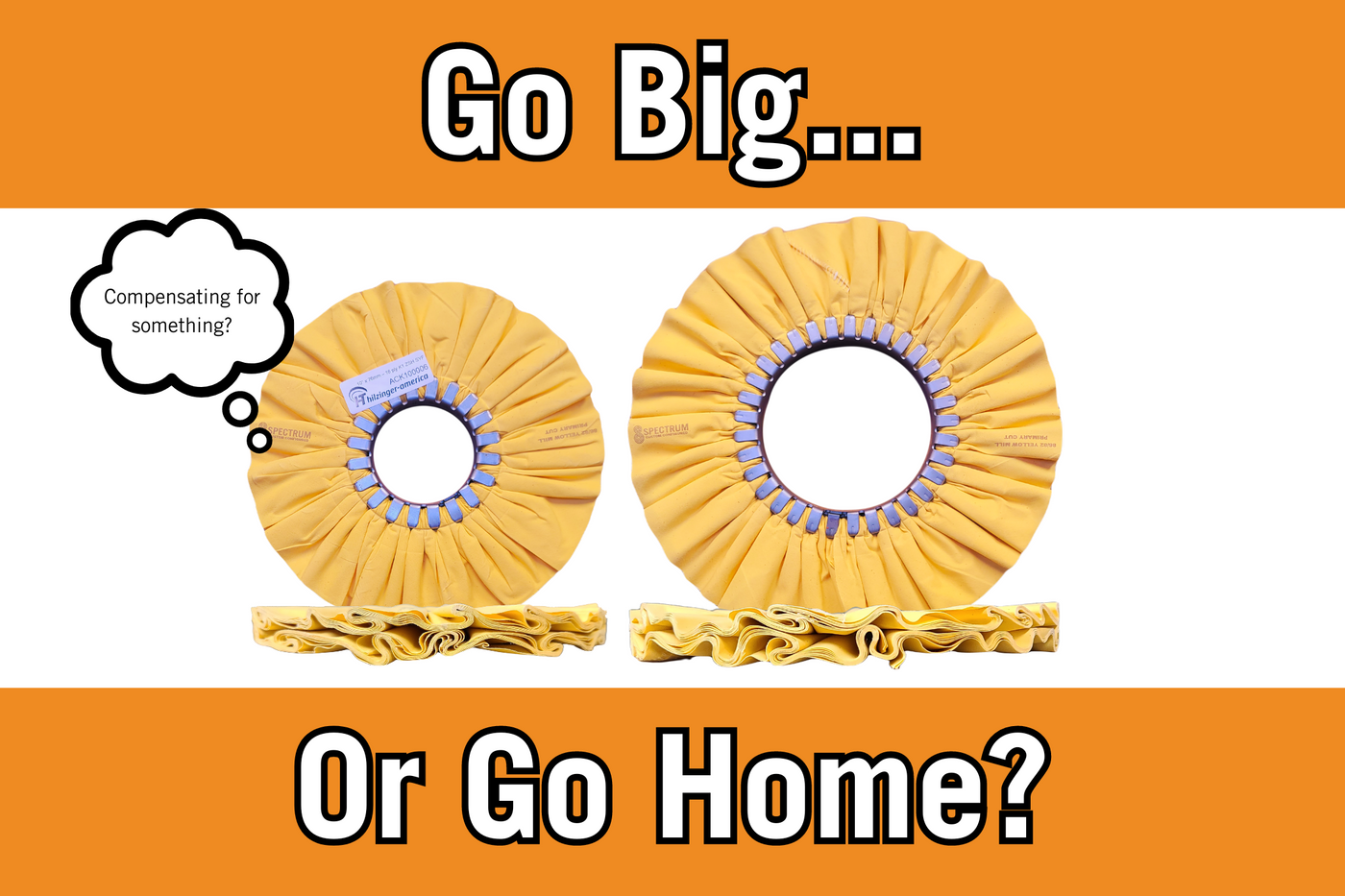
Why Does Spectrum Prefer 12" x 5" Buffing Wheels?
Both 10" x 3" and 12" x 5" buffing wheels have their advantages, but for efficiency's sake, the Spectrum crew prefer 12" diameter buffs to help them save time. Several...
Read More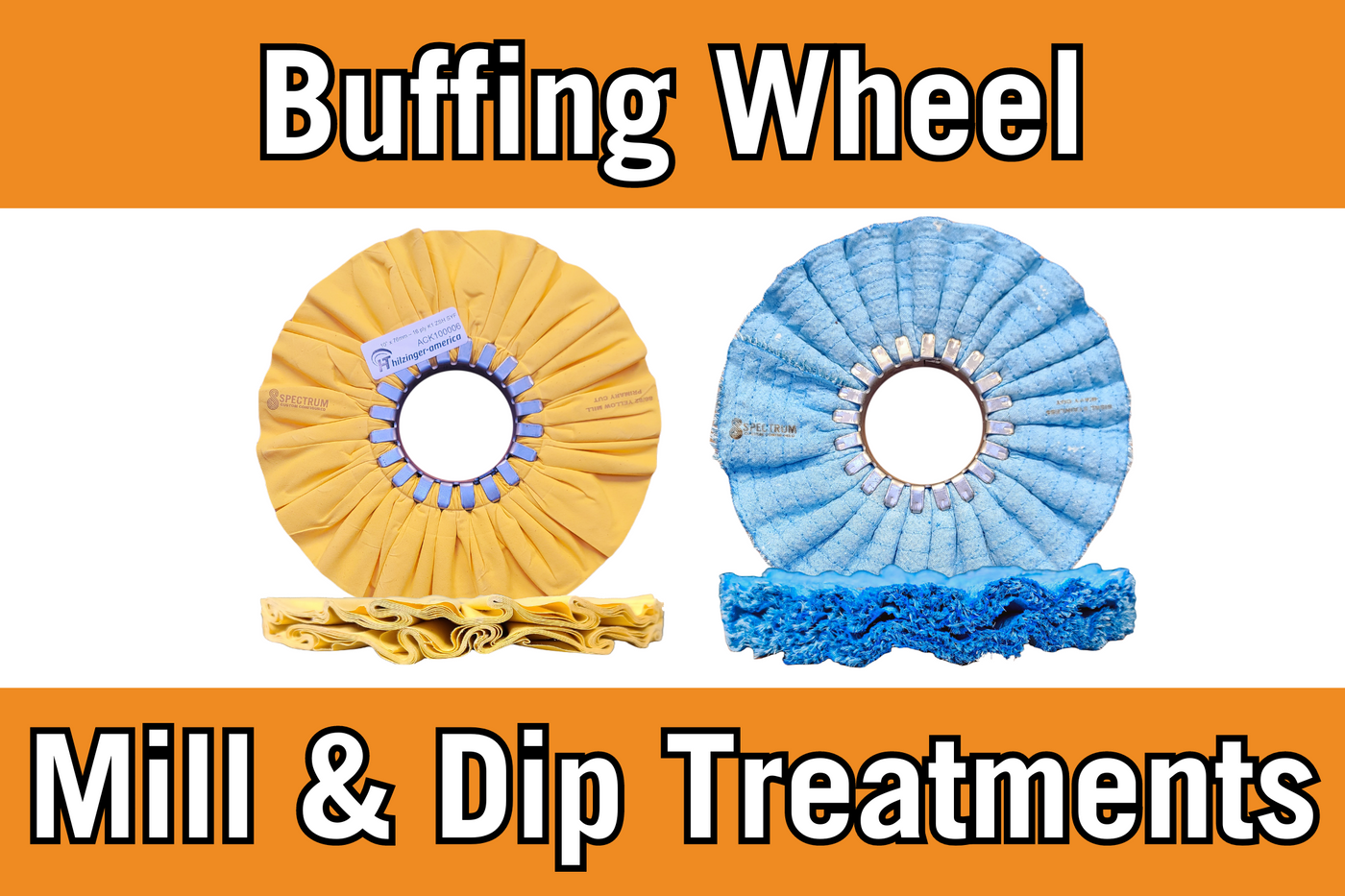
Buffing Wheel Treatments
Traditionally, buffing wheels were made firmer by adding rows of stitching to the material. Now, we can utilize mill and dip treatments to enhance the polishing action and lifespan of...
Read More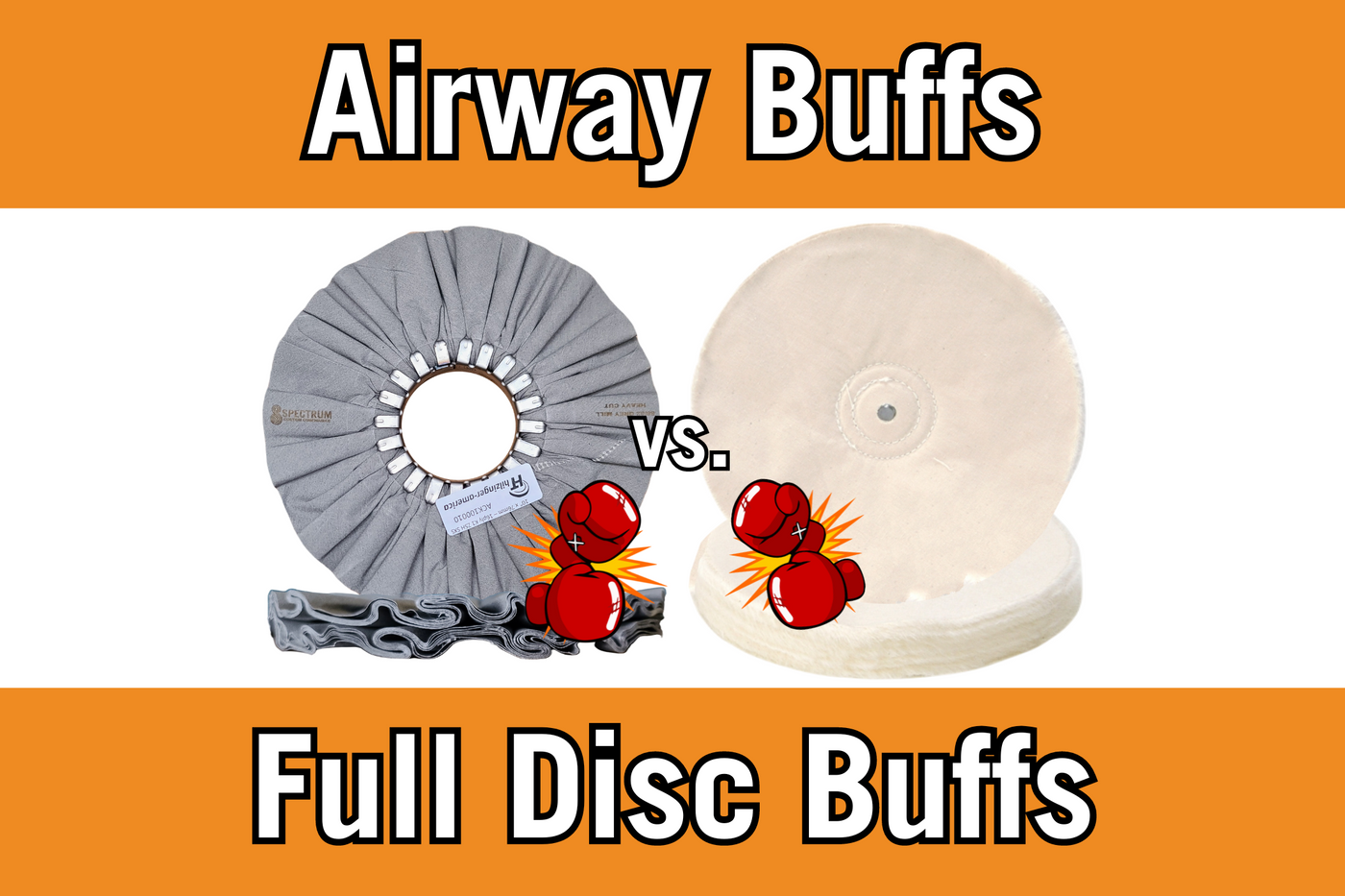
Airway vs. Sewn Buffing Wheels
At a glance, traditional buffing wheels are simply plys of cloth stacked and sewn together, whereas airway buffing wheels are typically built around a metal clinch ring. There is, however, more...
Read More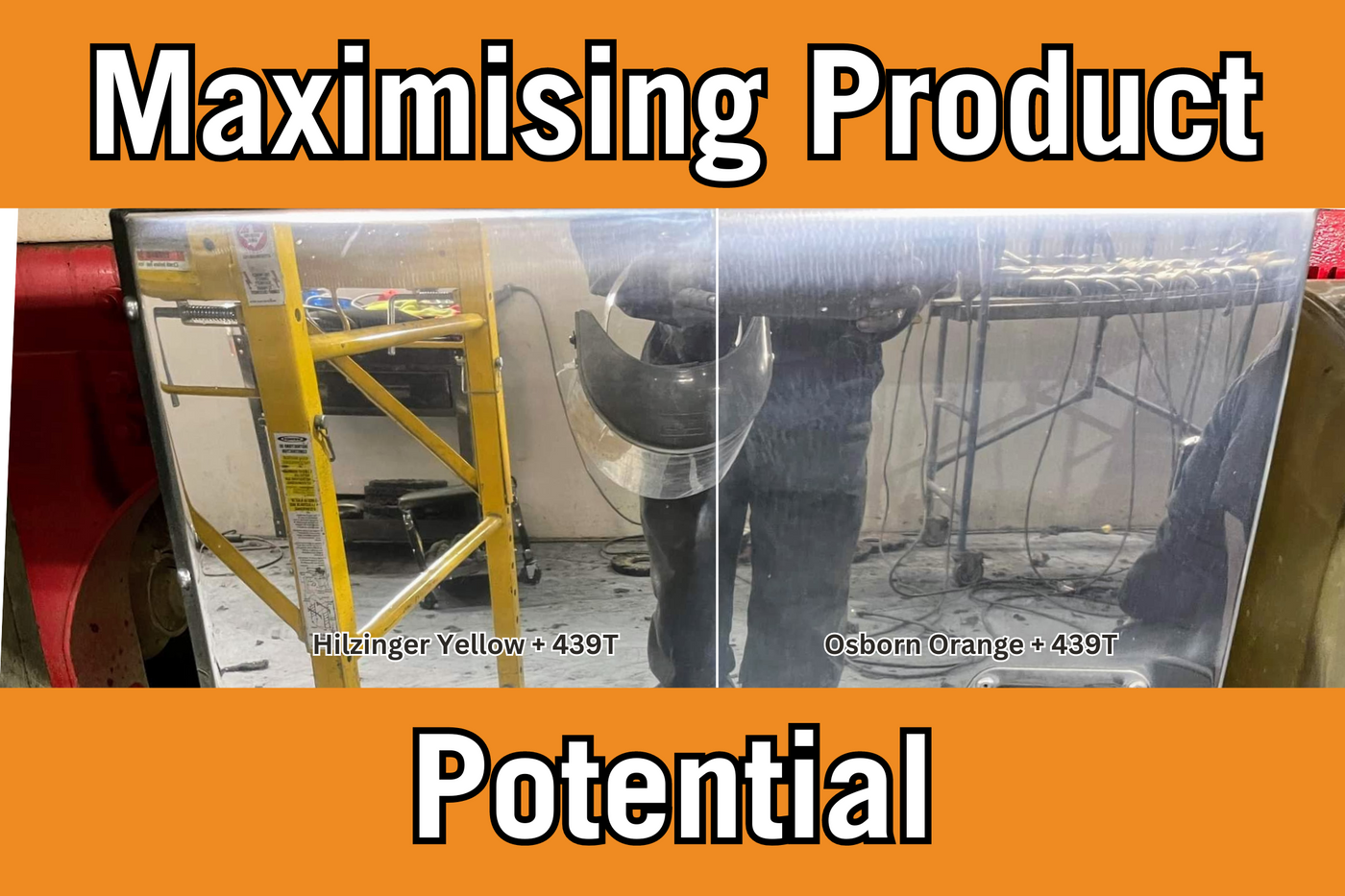
Getting the Most out of Your Consumables
Spectrum discusses how high quality products' performance can be limited by pairing them with lower quality counterparts (e.g., high quality compounds with lower quality buffing wheels) and how this can...
Read More